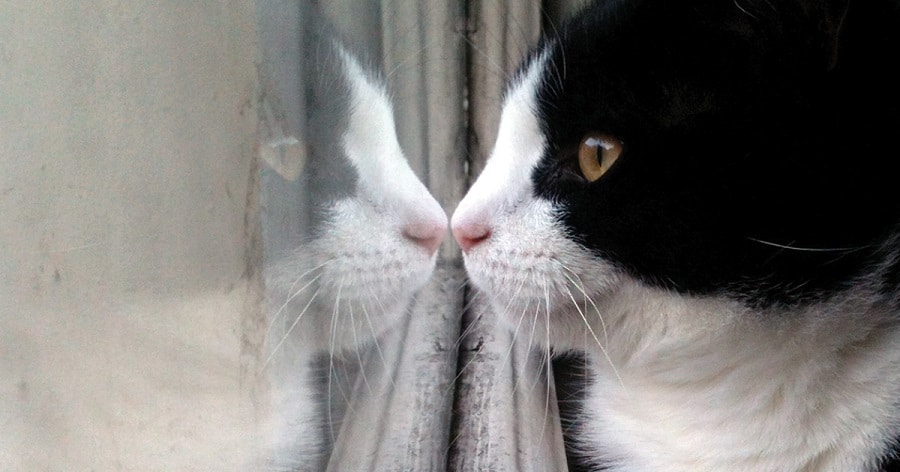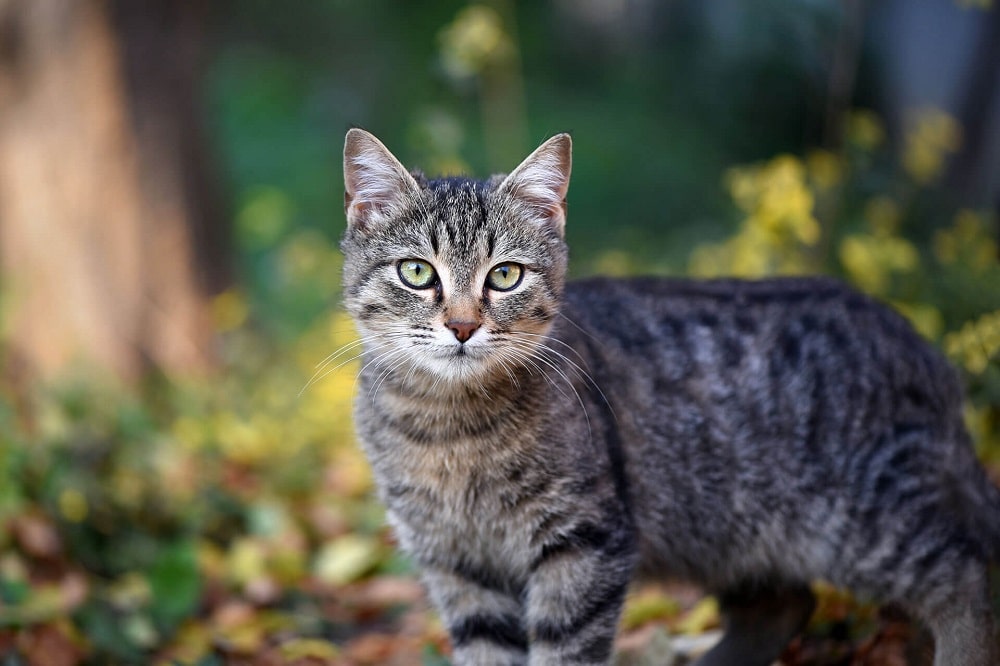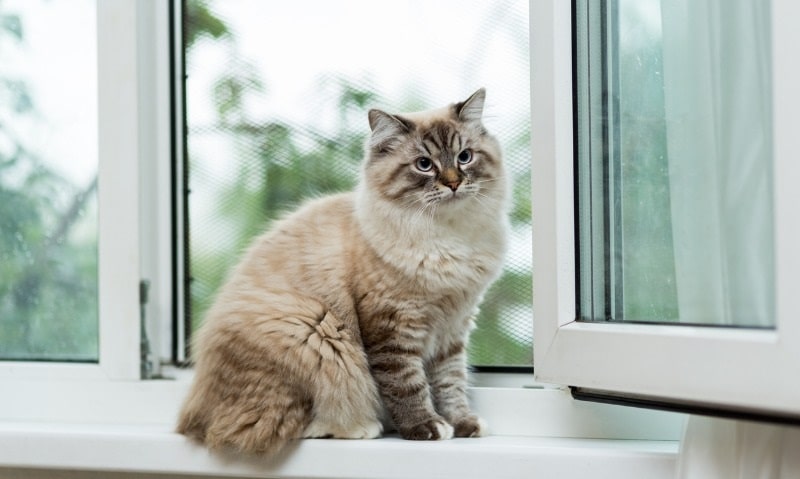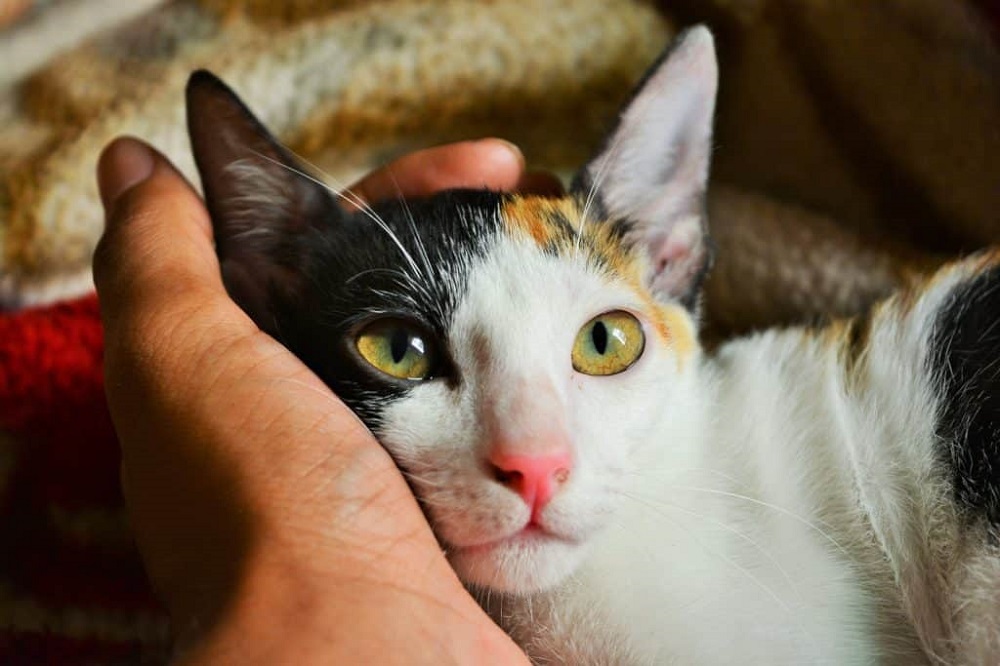
Cats have a strong desire to be outside. They rush to the front door whenever it opens, or they sit at the window, yowling like the saddest cat in the world because they can’t go outdoors. Cats, without a doubt, want to be free.
Should I keep my cat indoor or outdoor? This is a question that many cat owners have in their minds. Indoor cats have longer and healthier lives than outside cats, according to statistics. Indoor cats have a lifespan of 10-15 years, whilst outdoor cats have a lifespan of 2-5 years.
On both sides of the indoor/outdoor cat argument, there are advantages and disadvantages. The environment in which your cat lives has an impact on their behavior, health, and lifespan. Read on to learn everything you need to know before deciding whether or not to let your cat go outside.
Veterinarians and organizations like the American Veterinary Medical Association (AVMA) agree that keeping cats indoors is healthier. “Considering the possible threats that cats face outside, “an indoor lifestyle is significantly safer for cats.” Outdoor cats are far less likely to be injured or unwell as a result of outdoor risks.
Indoor cats, on the other hand, live longer than their outdoor counterparts. Indoor cats can live to be 17 or more years old, whereas outdoor cats only live two to five years on average. Another reason indoor cats live longer is that their owners can detect health problems earlier before they become life-threatening.
Indoor cats can still get the stimulation they need without having to hunt the neighborhood songbirds. According to the cat specialists, all you have to do is make an effort to create an environment they love. Climbing, scratching, hiding, and jumping is among activities that cats like.
Toys, a scratching post, and a cat tower with hidden holes will keep your indoor cat engaged. Cats enjoy watching what is going on outdoors as well. Give your pet a window seat or perch to encourage the habit. A bird or squirrel feeder placed immediately outside the window will also keep your cat occupied for hours. There are many things you can do to improve your cat’s indoor surroundings!

Cats who are permitted outside have a more stimulating and energetic existence than those that are confined strictly indoors. Outdoor cats have greater opportunities for exercise and are hence less prone to obesity. They can exercise their hunting and stalking tendencies outside, but if they are caged up at home, they may take out their frustrations on their guardians. A bored cat may express itself by being excessively noisy or clawing up furnishings. Working with the cat rather than against it may be easier if the cat is already eager to go outside.
However, we must consider the potential dangers of allowing a cat to roam freely outside. The AVMA and the Humane Society both advise against allowing cats out on their own. The simple explanation for this is that they are more vulnerable to dangers like:
Cats that live outside have a far lower lifespan than indoor cats. Outdoor cats live only 5 years on average, compared to 15-17 years for indoor cats. Again, these are averages that may or may not apply to your cat or your specific circumstances. However, it does show how frequently outdoor cats encounter risks.

As already said, indoor cats can live up to three times longer than outdoor cats, which is certainly reason enough to keep them inside! Because of their concerns or simply to be a comfy lap-cat, some cats choose to stay indoors. If you reside in an apartment complex with few access points for cats, this option may be the only one available. While you may feel that a cat may only receive enough exercise by going outside, you can provide a stimulating inside environment for them. You can do this by:
Simply scheduling additional playtime for your cat might be a great starting step toward ensuring that your cat is getting enough exercise. You can easily make the life of your cat more exciting inside with just a little planning.
Some believe that allowing cats to go outside improves their quality of life. But we recommend keeping your cat inside.
If you want your cat to have the best of both worlds, try leash-training them using a specially constructed cat harness to keep them safe. You can either build or buy a cat patio (catio), which is an enclosed space that allows cats to obtain fresh air and sunlight without the risks of being completely free.

It is ultimately your choice whether to keep an indoor or outdoor cat. Most veterinarians will advise you to keep your cat indoors, but if you insist on keeping your cat outside, make sure it is safe by keeping up with all vaccines, parasite prevention, and bringing your outdoor cat inside at night.
When you get a new cat, try to keep him inside as much as possible. It is considerably easier to convert an indoor cat to an outdoor cat than it is to convert an outdoor cat to an indoor cat. It’s hard to convince cats to return inside after they’ve experienced their first taste of freedom.